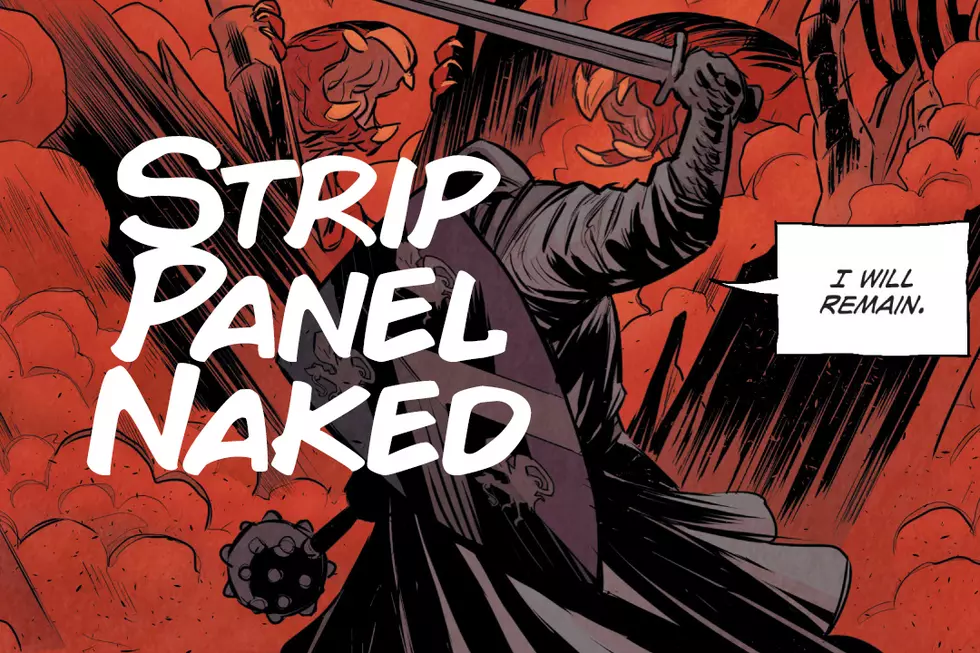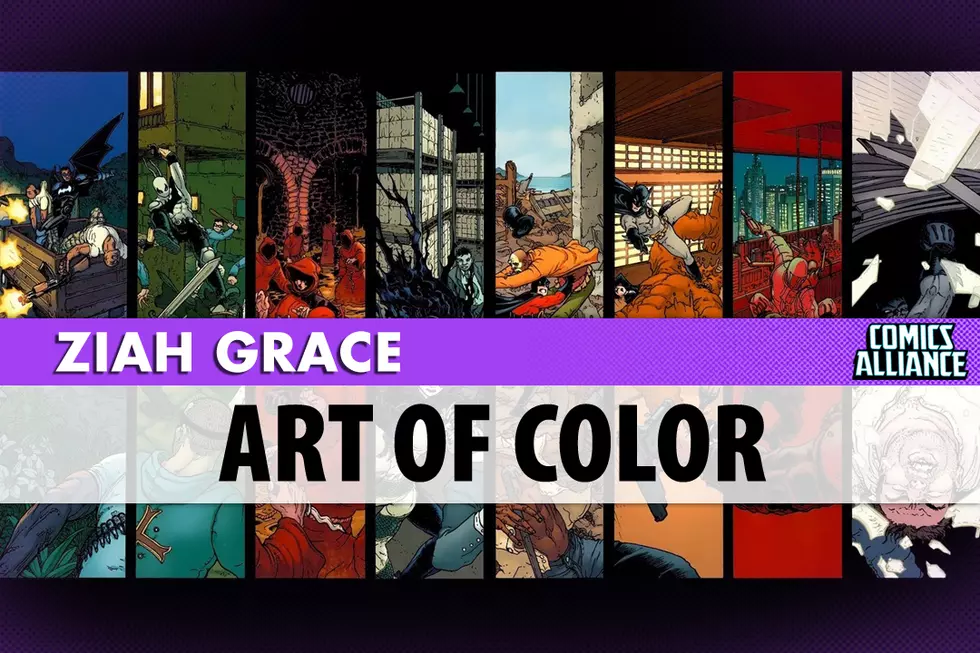
Strip Panel Naked: Center Focus In 'Lake of Fire'
I love Lake of Fire, by Matt Smith and Nathan Fairbairn. I mean, I really love it. It's an incredibly well told story from a formal point of view, and both Smith and Fairbairn bring a lot to that book. It wrapped up this past week, which means it's as good a time as any to take a look at one element it repeatedly uses throughout its final issue; center focus.









